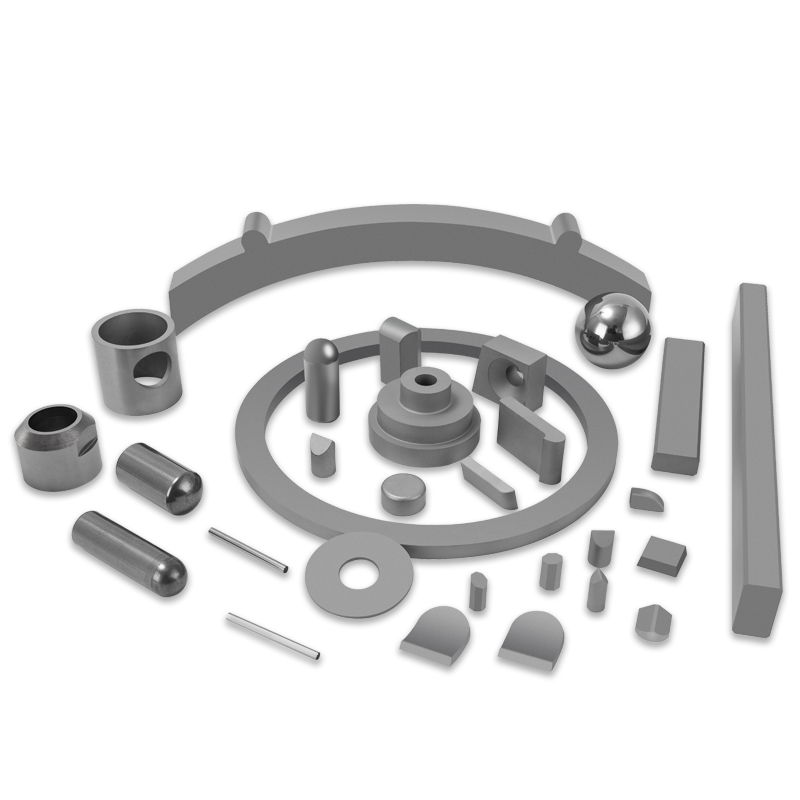Maximizing Efficiency with Tungsten Carbide Stamping Dies
Industry News-To fully leverage the advantages of tungsten carbide stamping dies, manufacturers must adopt best practices that maximize their efficiency and extend their lifespan. Here are some strategies to consider:
Proper Die Selection
Choosing the right type of tungsten carbide die is crucial. Factors such as the material being stamped, the complexity of the design, and the expected production volume should all influence the decision. Consulting with experts or suppliers can help identify the optimal solution for specific applications.
Regular Maintenance
While tungsten carbide is incredibly durable, it still requires routine maintenance to perform optimally. Inspect the die regularly for signs of wear, cracks, or damage. Addressing minor issues early can prevent costly repairs or replacements down the line.
Lubrication
Using appropriate lubricants during the stamping process minimizes friction between the die and the workpiece. This not only extends the life of the die but also improves the surface finish of the stamped parts. Synthetic oils and dry film coatings are popular choices for tungsten carbide dies.

Operator Training
Skilled operators play a vital role in maximizing the efficiency of tungsten carbide stamping dies. Training programs should cover topics such as proper setup, operation, and troubleshooting. Well-trained personnel can detect potential problems before they escalate and ensure the die operates within its designed parameters.
Monitoring and Optimization
Implementing real-time monitoring systems allows manufacturers to track the performance of their stamping dies. Sensors can measure variables like temperature, pressure, and cycle times, providing valuable insights into the die's condition. Based on this data, adjustments can be made to optimize the process and improve output.
Recycling and Reuse
At the end of their service life, tungsten carbide dies can be recycled. The material can be crushed, reprocessed, and reused to create new dies or other products. This not only reduces waste but also lowers the environmental impact of manufacturing.


 English
English русский
русский





